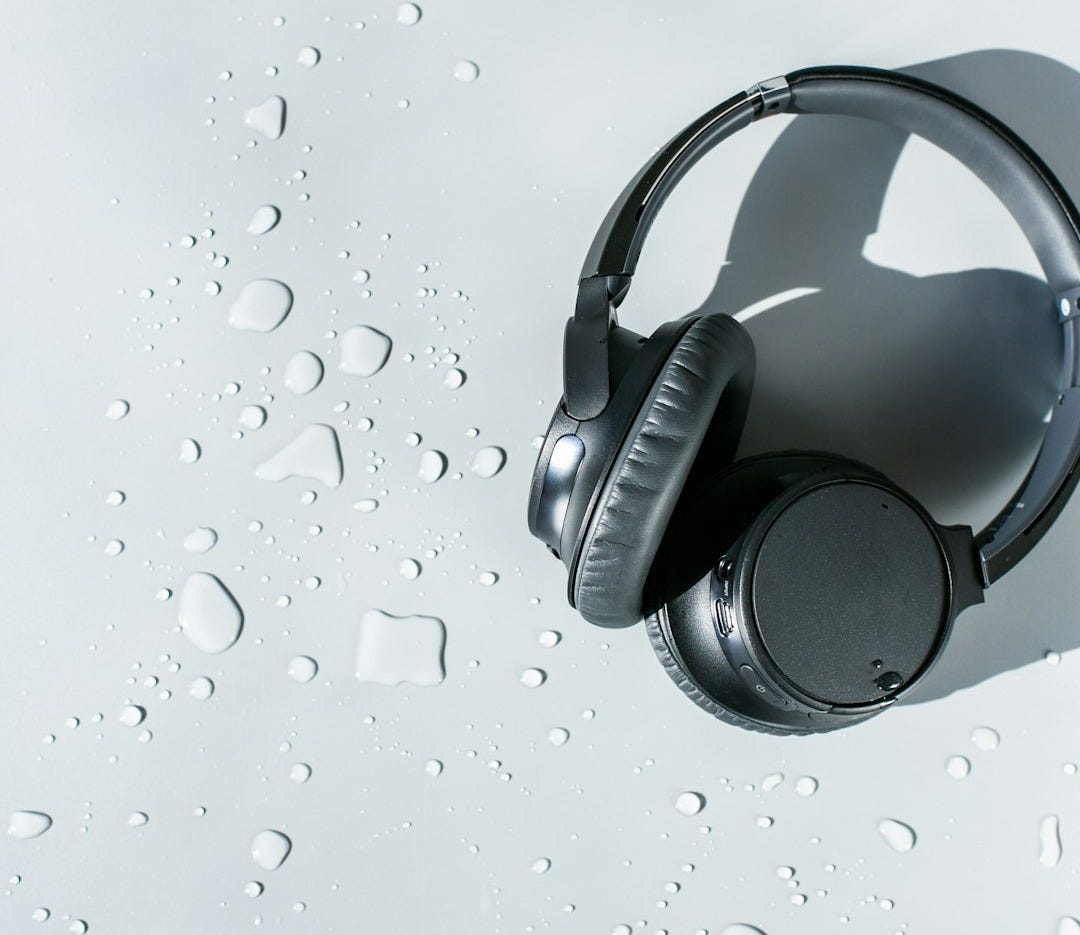Feed Your Ears More Sound and Less Noise
Give them something nutritious
Noise, noise, noise
I remember visiting New York City.
There was so much to see and so much to taste (and smell!).
But one thing that stood out to me?
The noise. Neverending…non-stop…always on…noise.
From the busy traffic at 8 a.m. to the constant midnight drone, it never stopped.
Now, I was staying with a friend who lived out of the city, and when we got back to his house, I noticed something interesting: The quiet of the suburbs was…louder. More noticeable in contrast to the din of the city.
It’s been over two decades since that visit, and that contrast has not left my mind. It was a great trip, and a powerful experience of how sound can impact us.
The influence of sound
There’s no doubt that sound affects us.
You probably have that “one song” that comes on, and boom! Goosebumps and chills.
Or maybe you have a person in your life who, when you talk to them, you just know you can trust them, or that you love them. The sound of their voice soothes you.
You know the powerful impact of sound just by the way you live your life.
Think about how you could probably sit outside with a friend for hours and enjoy the chirping of birds, but if they turn on a 24-hour news channel, you would probably want to run away screaming within a few minutes.
It’s not just about sound, but the quality of it.
The emerging science of sound
When it comes to the positive effects of sound, it turns out there’s a burgeoning science around it.
One study found that Tibetan singing bowls may reduce tension, anger, fatigue, and depressed mood, while also increasing feelings of spiritual well-being.
Another study looked at the impact of 40 Hz sound on fibromyalgia. Significant improvements were observed, including improved sleep, reduced pain, and an increase in time sitting and standing without pain and cervical muscle range of motion.
All of this is promising and suggests there may be more to all of this than we think.
What you feed your ears matters
Here’s the MtE tip: Give yourself positive sound each day.
Research or no research, it’s clear that sound affects us. What we feed our ears matters.
I spend a good deal of time in different types of meditation, and I sometimes like to use certain tones that some people believe may have a positive impact (some are known as solfeggio frequencies – you can find out more here). Examples include:
The science on these isn’t set, but that’s not why I tune into them. I’ve found that some of these tones provide a very relaxing background for focus and relaxation, and that in itself is enough for me to make them part of my routine.
But the point is this: The world gives us a LOT of sounds to stuff in our ears – from traffic to jackhammers to news channel talking heads.
If you have an opportunity to put something nutritious into your ears, do it. It matters.
(NOTE: While studies around sound and healing are promising, always consult with a licensed healthcare professional before proceeding with a new intervention or changing a current intervention.)
To dive deeper into strategies for embracing sound - and silence (including mindfulness and meditation) - check out my book, An Audible Silence; or schedule a free 15-minute call to see if coaching might be right for you. For even more, follow me on Instagram or TikTok.
Share this post with someone you think could use it.
Subscribe for free to get all the posts!



Love those frequencies.